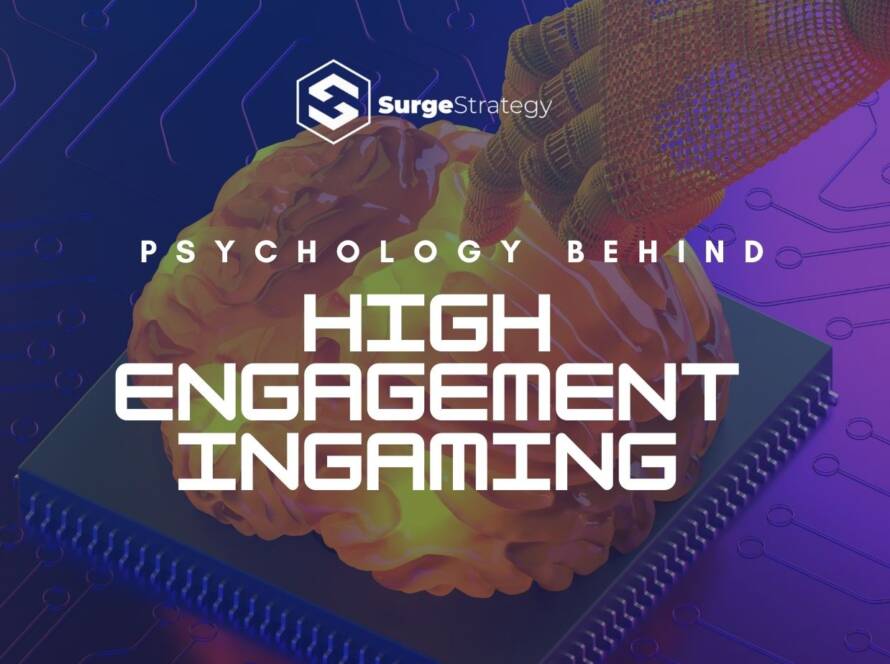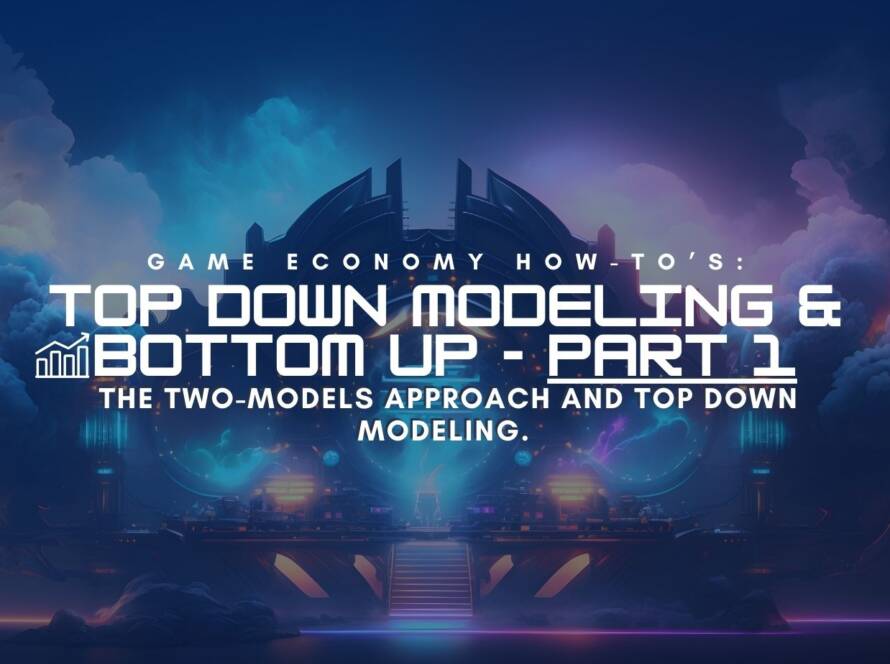Developing an efficient, engaging and monetizing game economy is a complicated endeavor that requires time, effort and a deep understanding of human psychology. Choosing HOW to monetize, which element will be available for free, and which will be sold, and what to spend design effort on should not be done at random. A bloated, non-focused game economy can also feel hermetic or too aggressive for lower spending players.
One of the trickiest parts is designing systems that support each other instead of conflicting or cannibalizing each other’s potential. Let’s take for example Loot Boxes with a Premium Currency store selling the same premium collectibles. At first glance, these don’t seem very compatible – if you can purchase the characters you want from the store, the loot boxes seem irrelevant and random, and the deeper potential depth of spend they provide can be compromised. However, there are several ways to design these systems, so they complement each other instead. For that, we need to understand some key elements of sales psychology.
Economy and perceived value.
Game assets, collectibles, resources and progression elements each have their own value. A value set by the product needs/game, in the base/premium currency or $ real money (see the post on System Value balancing HERE), a Perceived value that reflects how much effort is needed for the user to actually earn this element in game (if I can grind a character in 5 minutes, it is very unlikely I will spend 20$ to purchase it) and finally another part of the Perceived value come from the element desirability (How often can it be used, how unique/different it is, how strong it is compared to the other…). Hopefully all 3 should be pretty much in line (How much it is sold for, How much effort is required to earn, How desirable it is) in a balanced economy. This is where having multiple systems or strategies can help reinforce the desirability or perceived value of a game resource or collectible, by creating point of reference and create path of least resistance to earn it.
Behavior and psychological sale factors
Another thing to consider – not all buyers/players are equal. They do not even react the same over time, depending on their engagement level and on the current context (special event, competitive situation…). Some will be more triggered by gambling mechanics/loot boxes and the hope of a jackpot, others prefer stable value and more agency. Some players react very strongly to the fear of missing out, especially if there is no guarantee that this option will ever be available again, while others will just shy away from that pressure. As such, systems should be designed to create different emotional reactions and trigger different behavior, covering the other’s weakness and reinforcing their strength.
Going back to our previous example about loot boxes and premium currency store. We can, for example, combine a static/global loot box system with a dynamic rotating store for the same collectible. In this way, the store pricing creates a point of reference for the price of each loot boxes drop, reinforcing the perceived value of the jackpot (If I can buy it for 100$ worth of premium currency in the store, spending 0.25$ to have a chance to earn one seems pretty fair…), the store gives a sense of agency and fairness for users that is lacking in the loot boxes (given enough play time and waiting for it to be available in the store allows users to get anything without gambling/paying) while tapping into the fear of missing out that is lacking within the loot box system. A reverse implementation of the previous example, with a time limited banner system and a static (but limited, in term of purchasable copies, for example) store can have similar results, as well as multiple other hybrids – as long as the pricing is properly balanced.
The same can be applied to each different system – battle passes, consumables, piggy banks… Game Economy is an entire ecosystem, where each different element can either help or hinder the effect of others. Not only there is a huge number of moving parts, but every single one of them interacts with each other. Understanding which part to choose and how to make it fit properly is the key to a successful game economy.




